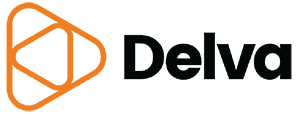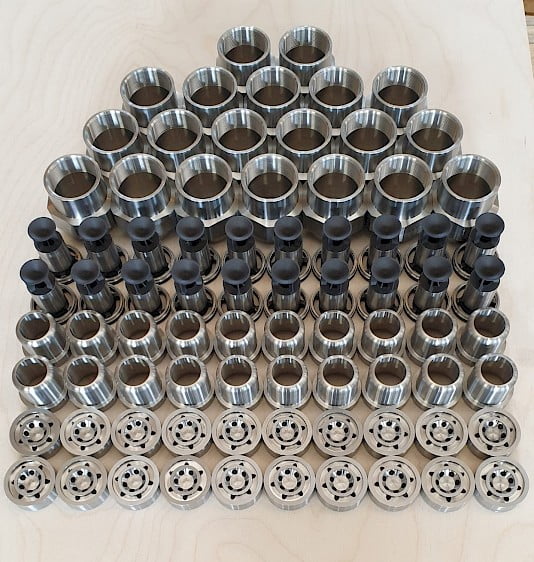New solutions need inspiration, visions, and new possibilities to implement them. Additive manufacturing – familiarly 3D printing – brings alongside traditional methods a way to implement solutions through their function and need, without the constraints imposed by manufacturing. A marine equipment supplier utilizes 3D printing as an enabler of optimal structures up to the serial production level.
Combining 3D printing and traditional manufacturing methods results in the best and most cost-effective result. If the designed part is easy to machine, it is most likely worth machining. But many structures are either not machinable at all or machining is very difficult or expensive. In this case, printing is an enabler of a technical solution and the functionality does not have to be compromised. Some of the components can be implemented as a combination of different methods. When a shape exceeding the machining possibilities is printed on top of a machined body, we are already well on our way to optimizing the production methods.
In 3D printing, a piece is built layer by layer according to a 3D model. Manufacturability is ensured and optimized at the designer’s desk: support structures used in metal printing are minimized and potential distortions during printing are anticipated and eliminated.
3D printing is not expensive
The price of prints is often assumed to be quite high, and this is often the case with easy-to-machine products. As structures become more complex and design is made from a printing perspective, the situation often reverses. Printing also allows more cost-effective utilization of more technical materials such as titanium and nickel alloys. The well-thought choice of materials can increase the benefits of printing, especially in demanding industries.
Better performance by printing metals
Printing lightens, saves space, and in most cases improves performance. Optimized structures mix, direct, cool, and transport better – the possibilities for process development are many. More and better functionality, energy savings, better yield, and among other things, speed, are promised with the help of printed components.
Serial production started
It is still partly thought that printing is only suitable for protos. 3D printing is useful in mass production of metal parts and is digital manufacturing at its best. Efficient serial production requires the pieces to be properly designed, well designed is half done. Individual marking on each component is easy and costs no extra when printing. With high-quality machines and standardized processes, uniform prints are created, even in unmanned production. Quality verification is also easy with test pieces printed with the products at regular intervals. Build-by-build reports are available and a build can be viewed retrospectively on a layer-by-layer basis.
3D printing is a qualified production method
The benefits are undeniable, but how do you access them in your own company? In our experience, it is helpful to make certain changes to the designed component to make printing easier, but it is enough to seek improvements through iteration. By continuing to develop the part, the benefits of printing can be taken further in future versions. An example of this could be a situation where parts of an assembly are first printed. At later stages, the entire assembly is replaced with a single printed product. In product development, experimenting with different options by varying certain details takes you towards the most complete solution possible.
3D printed series for marine industry
A marine equipment supplier has started to use 3D printing of metals in machine components. The components in serial production have been optimized for their application as a result of an iterative process and the journey continues. In the application of the enclosed picture, printing has been utilized as an enabler of optimal structures. Development was accelerated when several different versions could be produced on the same printing platform at the same time. There is still potential for replacing the assembly with a single product.
This customer example once again reminds of the complementarity of different technologies. Although high accuracies are achieved with printing, the printed components were machined to achieve the required tolerances. However, the structure sought by machining alone would not have been achieved.
Future opportunities
The potential of 3D printing has been identified in numerous companies and it is time to utilize this potential. In some cases, it is perceived as difficult to exactly identify opportunities. This uncertainty is eliminated by experimentation and relying on industry players. We are at your disposal for all your questions, see www.delva.fi and contact info@delva.fi.

